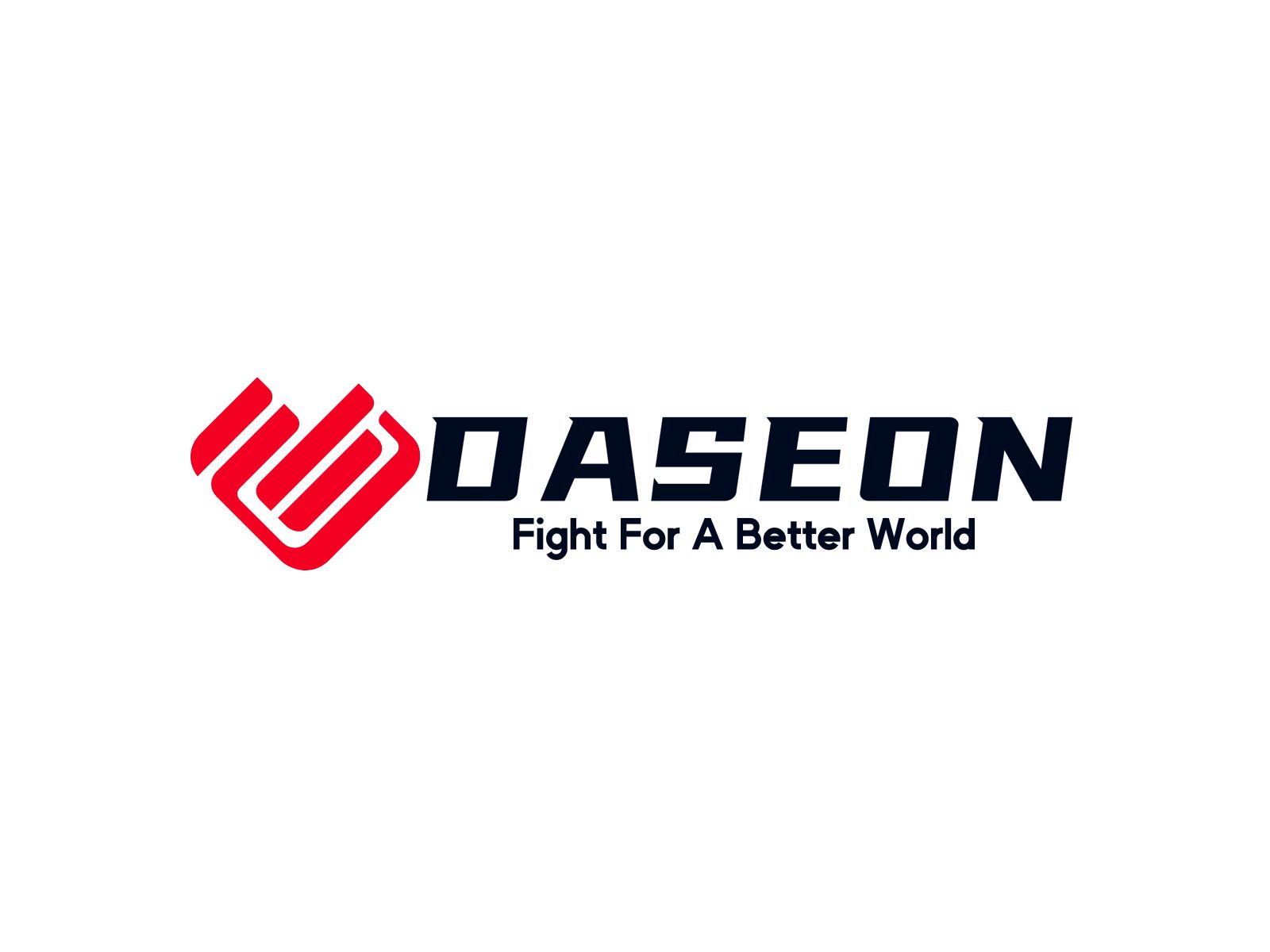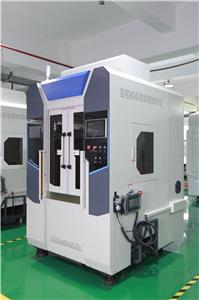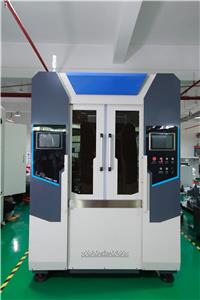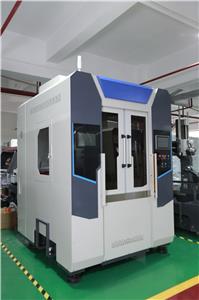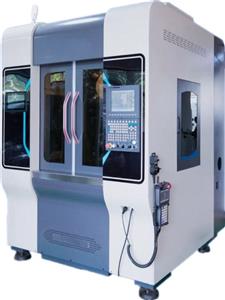- Home
- >
- News
- >
- die casting manufacturing
- >
- The difference between high pressure casting and low pressure casting
The difference between high pressure casting and low pressure casting
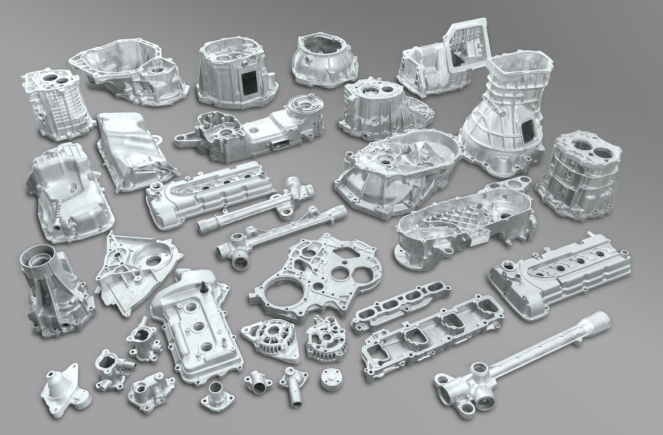
1. The essence of high-pressure casting (referred to as die-casting) is a method of filling a die-cast (die-casting mold) cavity at a high speed under high pressure, and molding and solidifying under pressure to obtain a casting.
Pressure casting has two characteristics of high pressure and high speed filling and die casting. Its commonly used injection specific pressure is from several thousand to several tens of thousands of kPa, and even up to 2 × 105 kPa. The filling speed is about 10~50m/s, and sometimes it can reach more than 100m/s. The filling time is very short, generally in the range of 0.01~0.2s.
Compared with other casting methods, die casting has the following three advantages:
Good product quality
The casting has high dimensional accuracy; the surface finish is good, generally equivalent to 5~8 grade; the strength and hardness are higher, the strength is generally 25~30% higher than that of sand casting, but the elongation is reduced by about 70%; the size is stable and the interchangeability is good. ; can die-cast thin-walled complex castings.
high productivity
The machine has high productivity. For example, the domestic JIII3 horizontal cold air die casting machine can die-cast 600-700 times in an average of eight hours, and the small hot chamber die-casting machine can die-cast every 3000 hours from 3000 to 7000 times; the die-casting type has a long service life and one die-casting type. Die-casting alloys with a life span of several hundred thousand times or even millions of times; easy to mechanize and automate.
Excellent economic effect
Due to the precise size of the die-casting parts, the surface is bright and clean. Generally, it is no longer mechanically processed and used directly, or the processing amount is small, so that the utilization rate of the metal is improved, and a large amount of processing equipment and man-hours are reduced; the price of the casting is easy; the combined die-casting can be used for other metal or non-metal materials. . Saves assembly time and saves metal.
Die casting disadvantage
Although die casting has many advantages, it also has some shortcomings that have yet to be resolved. Such as:
1). During the die casting, because the liquid metal filling cavity has high velocity and the flow state is unstable, the general die casting method is adopted, the pores are easily generated inside the casting, the elongation is not good, and the heat treatment cannot be performed;
2). Die casting is difficult for complex concave castings;
3). High melting point alloys (such as copper, ferrous metals), die casting type has a lower life;
4). It is not suitable for small batch production. The main reason is that the die casting type has high manufacturing cost, the die casting machine has high production efficiency, and the small batch production is uneconomical;
5). Equipment and mold costs are high.
Low pressure casting
Characteristics
(1) The pressure and speed at the time of pouring can be adjusted, so it can be applied to various molds (such as metal type, sand type, etc.), casting various alloys and various sizes of castings.
(2) The bottom injection type filling type, the metal liquid filling type is stable, and there is no splash phenomenon, which can avoid the entrapment of gas and the flushing of the type wall and the core, and improve the qualification rate of the casting.
(3) The casting is crystallized under pressure. The casting has compact structure, clear outline, smooth surface and high mechanical properties, which is especially beneficial for the casting of large thin-walled parts.
(4) Eliminating the feeding riser, the metal utilization rate is increased to 90% to 98%.
(5) Low labor intensity, good working conditions, simple equipment, easy mechanization and automation. [1]
Advantages and Disadvantages (relative to gravity gold casting)
Advantages and disadvantages
advantage:
1) The casting utilization rate is very high. (85~95%)
Since there are no risers and runners and the gate is small, material costs and processing time can be greatly reduced.
2) Get the perfect casting.
It is easy to form directional solidification and has few internal defects.
3) There is less involvement of gas and debris.
The pressurization speed can be changed, and the melt is filled by laminar flow.
4) A sand core can be used.
5) It is easy to automate, and it can work in multiple jobs and multiple processes.
6) Not affected by the operator's proficiency.
7) The material is used in a wide range.
8). Heat treatment can be performed to enhance the performance.
Table 5.1 Material utilization rate of each casting method
Process Method Gravity Gold Casting High Pressure Casting Low Pressure Casting
Material utilization rate (%) 45~55 50~60 85~95
Disadvantages:
1) The degree of freedom of the gate scheme is small, thus limiting the product.
(gate position, quantity limit, product internal wall thickness change, etc.)
2) The casting cycle is long and the productivity is poor.
In order to maintain directional solidification and melt fluidity, the mold temperature is high and the solidification rate is slow.
3) The structure near the gate is thicker, and the mechanical properties of the lower profile are not high.
4) Comprehensive and strict management (temperature, pressure, etc.) is required [1]
